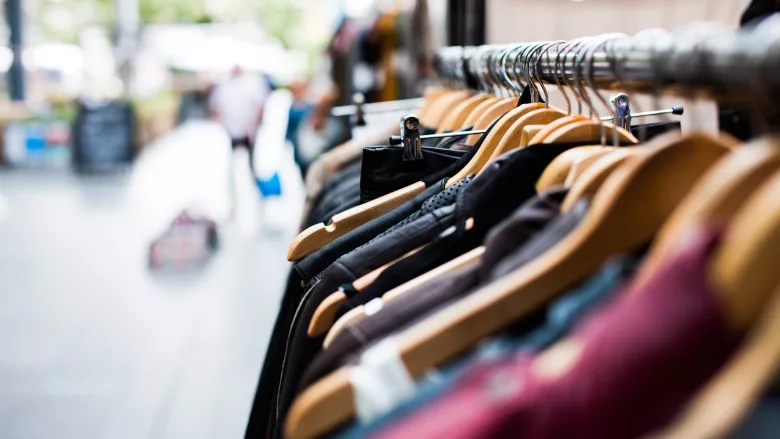Navigating the complex security landscape of modern retail

Image via Unsplash
In 2023, the retail industry finds itself at a crossroads. The rise of e-commerce has forced traditional brick-and-mortar stores to rethink their strategies, focusing on delivering seamless omnichannel experiences. At the same time, issues like inflation, supply chain disruptions and workforce challenges such as the push for better wages and work conditions have created additional economic pressures. Urban retailers face unique obstacles, including homelessness and rising levels of theft and organized retail crime. To adapt to this multifaceted backdrop, retailers are embracing innovation, closely monitoring economic indicators and seeking to create more efficient, safe and customer-focused environments.
The escalating importance of safety
The safety of employees, store operators and customers has become a priority like never before. Concerns about theft and organized crime have risen dramatically. For instance, Target recently announced its intention to close nine stores across four states despite recently investing in increased security measures. This is indicative of a larger trend; many retailers, big and small, are finding it increasingly challenging to address security issues affecting their bottom lines.
Employee safety: A crucial element of retail strategy
The safety of retail employees has come under increasing scrutiny, particularly in the aftermath of the pandemic and related economic volatility. Retail environments have become more confrontational, with staff members often at the receiving end of both verbal and physical aggression. This situation jeopardizes their safety, contributes to higher turnover rates and negatively impacts customer service and overall productivity.
To mitigate these risks, retailers are taking a comprehensive approach, which includes specialized training in conflict resolution and de-escalation techniques. Advanced security technologies, such as AI-driven video surveillance and video monitoring, are being deployed, and stores are working closely with local law enforcement agencies. In-store security personnel are becoming more common, and store layouts are being redesigned to minimize security risks. Retailers are also implementing clear policies on harassment and theft, alongside regular safety audits to identify weaknesses in their current security protocols.
Comprehensive safety measures: A business imperative
It's becoming increasingly clear that a multi-pronged approach to safety isn't just a matter of ethics but a business necessity. By investing in comprehensive security measures that leverage both technology and human expertise, retailers aim to foster a culture of safety. This not only improves employee morale and retention but also enhances the shopping experience for customers, which is essential for staying competitive in the modern retail environment.
The social impact: Homelessness and urban retail
A specific challenge confronting urban retailers is the impact of homelessness, especially in cities like Los Angeles, San Francisco and New York. The situation poses risks that go beyond immediate safety and hygiene concerns. Homeless encampments near stores not only represent a potential liability but can also serve as a cover for more organized and dangerous criminal activities.
Finding solutions
Retailers are actively embracing advanced technological solutions to address these pressing challenges. By using AI-powered tools, they can proactively deter criminal actions and loitering. With the aid of cloud and SaaS services, retail teams can efficiently manage operations across multiple stores in real time. Monitoring services further reinforce security, substantially reducing unauthorized access to retail spaces and perimeters. The vast spectrum of today's technology innovations truly offers limitless possibilities.
The retail industry of 2023 is grappling with a host of challenges that extend beyond traditional issues like market competition and consumer behavior. The rising incidents of theft, organized retail crime, and complex social issues such as homelessness necessitate a multi-layered approach to security. By investing in technology, crafting thoughtful security protocols, and providing robust employee training, retailers can navigate these complexities more efficiently. The focus on safety and security is not merely a moral obligation but a critical business strategy to ensure sustained success in today’s evolving retail landscape.
Looking for a reprint of this article?
From high-res PDFs to custom plaques, order your copy today!





.webp?height=200&t=1733511628&width=200)

